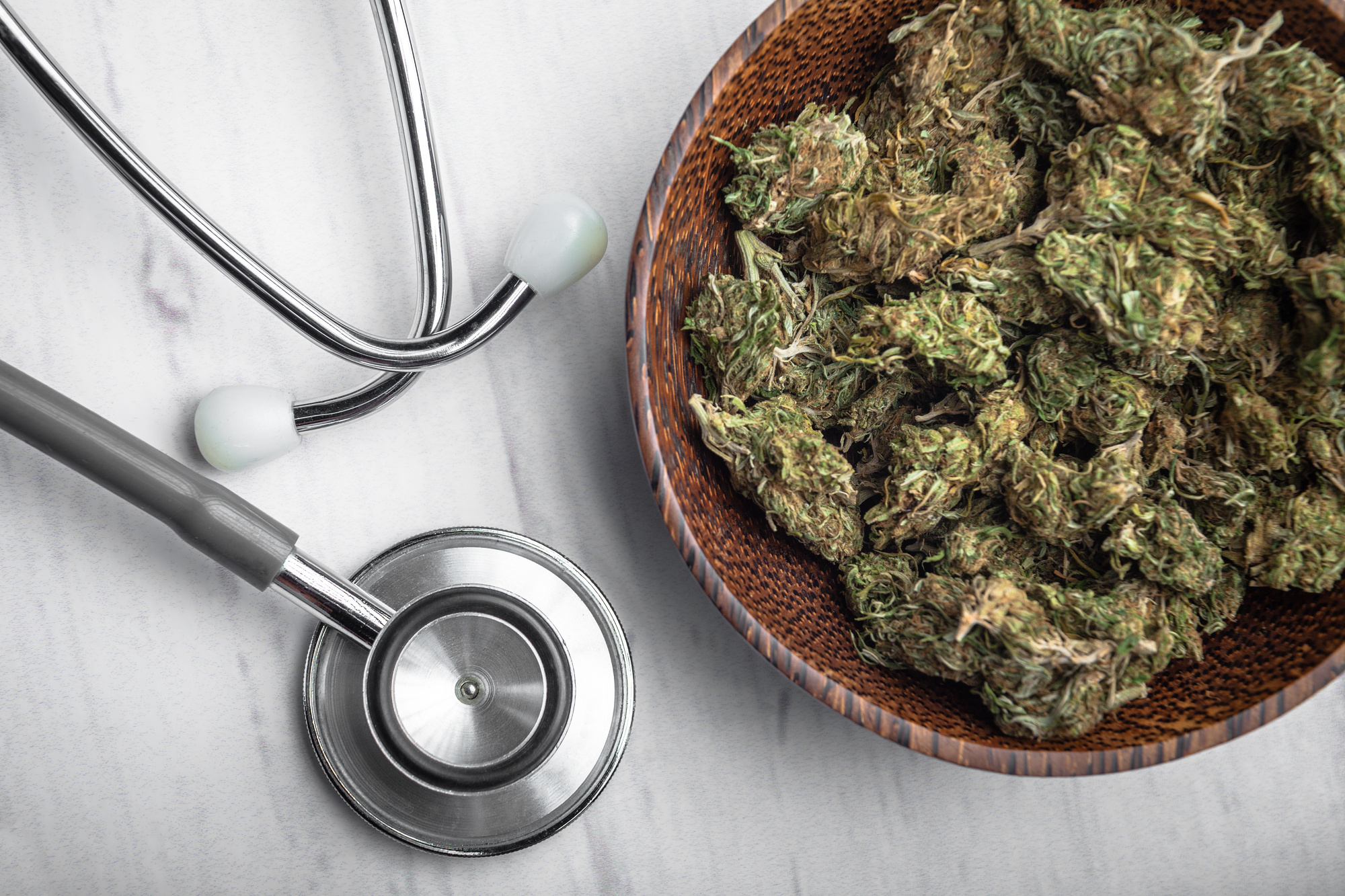For many people, the only time to take a car to a mechanic is when something is wrong with it, or at best for their 12-month check-up. This is a bad attitude to have for many reasons.
Automobile maintenance is not something that should be considered only when a car breaks down. In fact, if you get yourself into the habit of continuous – or preventative – maintenance, you’ll notice your car breaks down far less, and you’re likely to get a lot more mileage out of it.
The great thing about preventative maintenance is that if you teach yourself a little about to look after your car and become self-sufficient, you’ll have to take far fewer trips to the mechanic, too.
In the long run, routine maintenance can save you time, money, and a whole lot of headaches. Here are five car maintenance practices you shouldn’t overlook.
1. Change Your Transmission Fluid
This is one piece of auto maintenance we’ve all heard of, but how many of us actually practice it? Many newer models of cars are now sold with transmissions that are said to be set for life, but this is misleading. This usually only means it is good until your car warranty runs out.
Moreover, how often you need to change your fluid will depend on how and how often you use your vehicle. If you are confused about how often you need to change your transmission fluid, consulting your manual is a good place to start.
2. Check Your Brakes Regularly
It is important to have your car’s brake pads checked regularly. This ensures your car will have longevity, and it is also essential for the safety of you, your passengers, and any other motorists on the road.
How often you need to check them will depend on the daily wear and tear you put your vehicle through, some say a good rule of thumb is every six months. To keep brakes working as they should, you should also regularly be changing your brake fluid.
3. Flush Your Cooling System
A large number of engine failures can be traced back to some malfunction in the car’s cooling system. This is why it is an essential practice to flush your cooling system on a regular basis. This will prevent your car from overheating and reduce your risk of engine failure.
As this is a more involved and complicated task, you might want to consult a mechanic or take your car to your local Performance Auto Center to have the job carried out.
4. Check Tire Pressure
Unlike flushing your car’s cooling system, checking and maintaining tire pressure is actually quite simple and something you can likely learn to do yourself. Tires that are not inflated properly can wear far more quickly than those that are, and this will affect your gas mileage. To find your tire’s recommended pressure, you can check your owner’s manual.
5. Change Your Oil Often
Regularly changing your car’s oil will keep it running better for longer. You should check your oil periodically, around once a month. How often you’ll need to change it will vary from vehicle to vehicle. Again, this is something that can be checked in your owner’s manual.
Practice Smart Automobile Maintenance
Remember you should always be aiming for preventative rather than reactive automobile maintenance. Don’t wait until your vehicle malfunctions or breaks down, take the wheel with your car maintenance, and ensure your car will be running for years to come.
If you’ve found this guide handy, don’t forget to check out the rest of our car content.
